

HOW DO THEY WORK?
• Gaseous effluent with the proper centrifugal ventilator is aspirate through thermal regenerative plant.
This solution let the plant working in depression, eliminating the danger of pollution gaseous effluent and high temperature escape.
• Every combustion chamber loaded with the composite ceramic media is used for preheat and cooling with a thermal efficiency about 98% +/- 2%.
• The composite ceramic media are better than the traditional ceramic saddles because they reduce the pressure drop and the dimension of the chamber.
• A gas burner provide to complete heat up of the gases and mantain a constant inlet temperature (760/820°C).
• The gaseous effluent to be purified remains at least 0.6 seconds at a temperature indicated, in addition to the residence time at high temperature on the masses ceramic composite (the residence time was calculated for the respect of the guarantee abatement of the solvent present with concentration out of the purifier under the terms of law expressed as total organic carbon).
• The heat generated by the combustion reaction causes the gaseous effluent is located, downstream of the purification plant at a temperature higher than the input of a value proportional to the concentration of organic solvent present in that moment.
• By means of preheating through the saddles ceramics composite is limited fuel consumption to the minimum values.
• The electro-instrumental framework of the system does this automatically for all start-up, operation and block. In particular is kept constant the temperature in the combustion chamber, parameter which ensures the rmoval efficiency of the purification plant.
• The temperature in the combustion chamber together with the temperature out of the installation are continuously recorded.
WHY TO CHOOSE OUR THERMAL REGENERATIVE PLANTS?
Our plants are engineered for:
• Making the thermal destruction of hazardous liquids.
• Avoiding the burden resulting from the costs of disposing of the hazardous fluids without adding external sources of energy (methane) for their thermal destruction.
• Our systems offer also the possibility of expansion thanks to the modularity of the same from nominal value to its double thanks to the addition of other 2 towers of heat exchange and consequent.
FEATURES:
• Elimination of odors
• Elimination S.O.V. (volatile organic compounds)
• Thermal performance: 90/95% using ceramic materials
• Operating temperature: 760/820° C
• N°2 burners installed to continue the treatment in the event of failure of one of them. • Fuel consumption: 30 m3/h
• Power consumption: 37.5 kW
• Possibility of expansion system (twice the range with the addition of N°2 towers)
• Total pressure drop maximum: 350mmH2O
• Inlet air temperature to the fan: 100°C
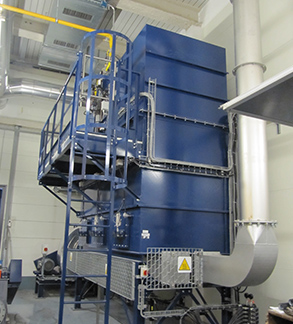
Sika Svizzera
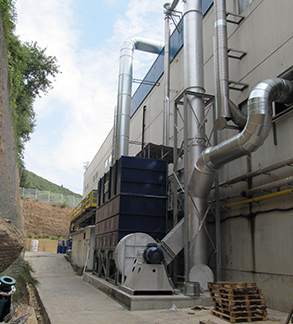
Sidasa Spagna
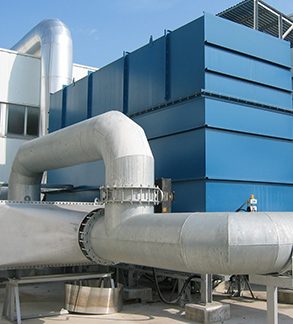
Rotolito
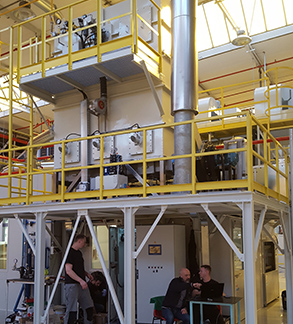
Magneti Marelli Polonia
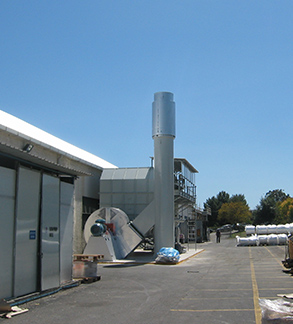
Cielle
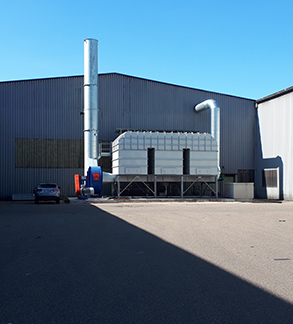
Brabant Olanda
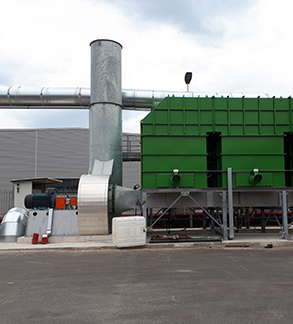
Bioplast
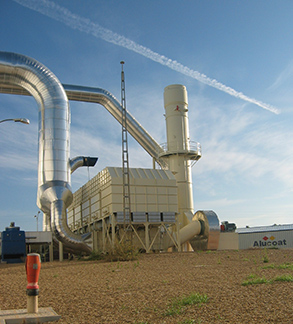
Alucoat Spagna
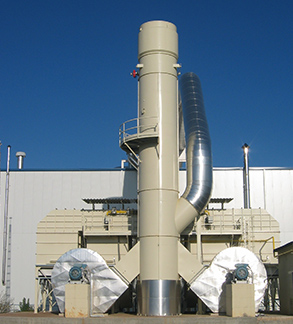
Alucoat Spagna
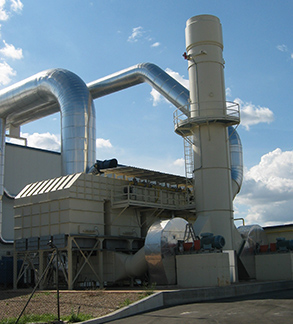
Alucoat Spagna
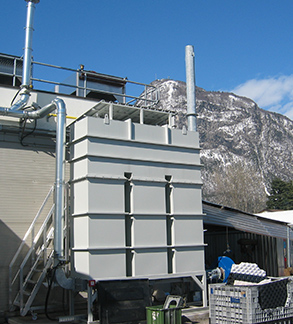
Alri Tolmezzo
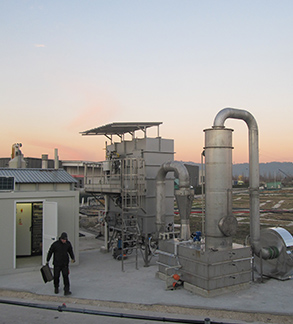
Acque del Chiampo